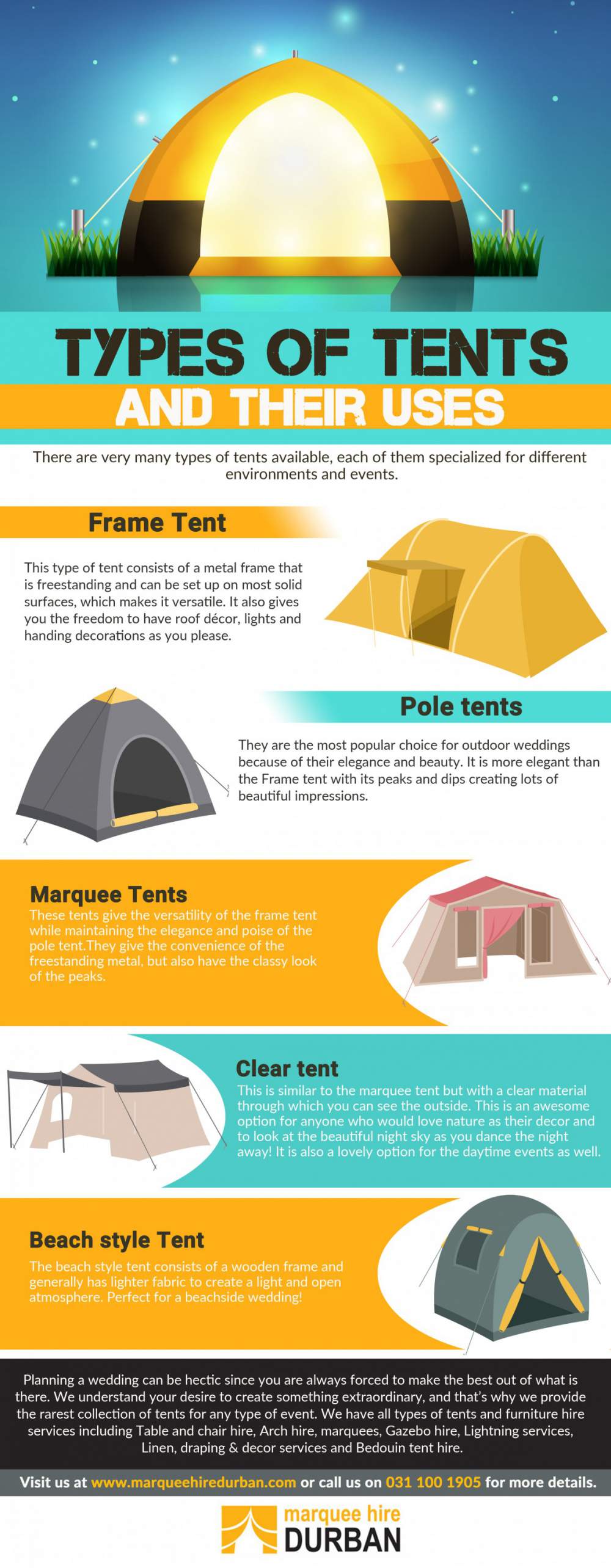Market Your Growing Online Camping Tents Business To Success By Selling Camping Tents
Market Your Growing Online Camping Tents Business To Success By Selling Camping Tents
Blog Article
Does Your Backpacking Tent Need a Footprint?
A footprint is costly and adds additional weight to your backpack. It likewise isn't especially long lasting.
Can you live in a tent in winter?
Ultimately, whether or not a camping tent footprint is required depends upon where and exactly how typically you're camping. Generally, it's a great idea to utilize one if you camp on rough surfaces or in wet conditions.
Camping Tents with Lower Deniers and Water-proof Rankings
Outdoors tents with reduced deniers and water-proof rankings often tend to be lighter, yet they can additionally be a lot more vulnerable. They might need more frequent repairs and have less indoor room than harder designs. If you're a laid-back backpacker that suches as to travel fast and light, this might be fine; nonetheless, even more skilled hikers know that sacrificing durability can feature large effects down the path.
The denier and water resistant score of a camping tent's canopy, rainfly, and flooring can aid you establish its livability. Try to find higher-denier fabrics on the cover and rainfly, in addition to taped seams that help prevent water from permeating via stitches. Some producers even make use of warm and sealant throughout building and construction to create a more powerful joint; these are called welded joints.
The livability of an outdoor tents can likewise be identified by its floor measurements and capability. A camping tent's floor need to be a little smaller than the footprint to prevent water from merging under the sanctuary.
Tents in Rough Surface
Several backpacking camping tents include an impact created particularly for their model, which aids make sure an appropriate fit and protects the outdoor tents's base from wetness and sharp objects. Various other makers offer universal impacts that can be cut or folded to match an outdoor tents's dimensions.
The type of surface you'll come across is another vital factor to consider for choosing a tent. For example, if you'll be camping in a canyon or gully, search for a shelter that can handle solid winds. These problems produce turbulence that can make the difference between appreciating your campground or suffering pain.
The capacity and optimal luxury tent elevation of a tent offer you a great concept of its livability, however additional variables to think about include vestibules (the area of the rainfly covering the doors) and general storage space. For instance, during our winter months testing of the Marmot Tungsten, its charitable 93-by-82-inch flooring easily managed four perspiring backpackers and their puffier shoulder season resting bags while still leaving sufficient room for equipment and people.
Camping Tents in Wet Issues
Even if your camping tent shows up dry, dampness hides in the spaces and crannies. In time, it can degrade the material. That's why it's so important to capitalize on rest days to deep-clean your outdoor tents and its elements, such as zipper cellular linings, stake loopholes and adjustable webbing bands.
Also, make certain to pitch your tent in a level location, not a divot or concave area, so that ground water doesn't accumulate between the outdoor tents floor and impact or tarp. And if you're making use of a footprint, think about a custom-cut one designed for your camping tent's layout. It won't accumulate rainwater the means a generic ground cloth or tarpaulin can.
Practice setting up and removing your tent in your home before you hit the road, to obtain a feel for how swiftly and efficiently you can do it. Likewise, technique staking out your camping tent in various terrains to see just how easy it is (or isn't) to do in bad weather.
Outdoors Tents in High-Rise Situations
Tents vary in flooring size and livability. For instance, a huge tent with double doors and vestibules like Marmot's Tungsten can take care of four backpackers without needing acrobatics to get in and out or to store equipment.
The minimal trail weight spec is the most effective spec to compare versions, as it includes the bare fundamentals: camping tent body, rainfly and posts. But bear in mind that the specification leaves out tent stakes, person lines and things sacks.
Many backpacking camping tents can stand up to a light summer storm, but some can be swept away by gale-force gusts. Seek a design with strong posts, an increased bathtub-style floor and joint taping to decrease the opportunity of water leaking via. Costlier designs additionally often tend to include more powerful products that can stand up to the impact of debris and other pressures.
Are Bell tents any good?
